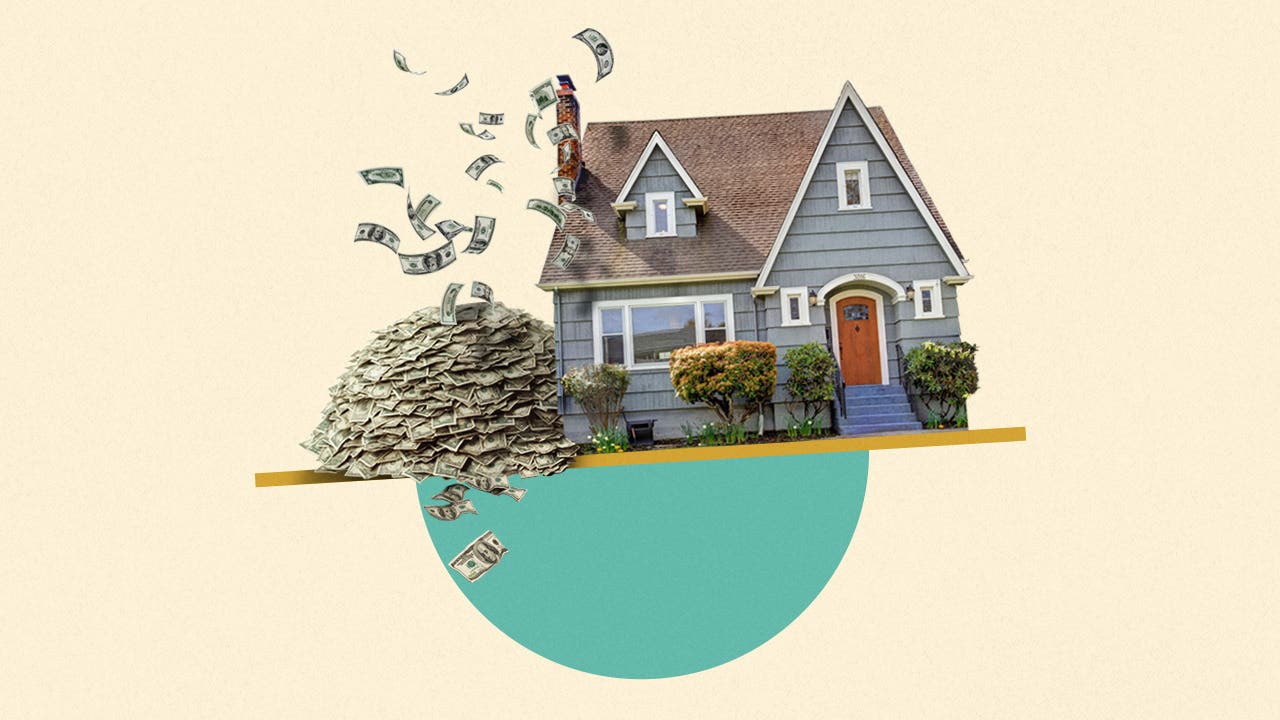
Most rates decline: Is now the best time to buy? | Mortgage and refinance rates for March 12, 2025
Today's average rate for the benchmark 30-year fixed mortgage is 6.68, the average rate for a 15-year fixed mortgage is 5.97 percent, and the average 5/1 ARM rate is 5.94 percent.







